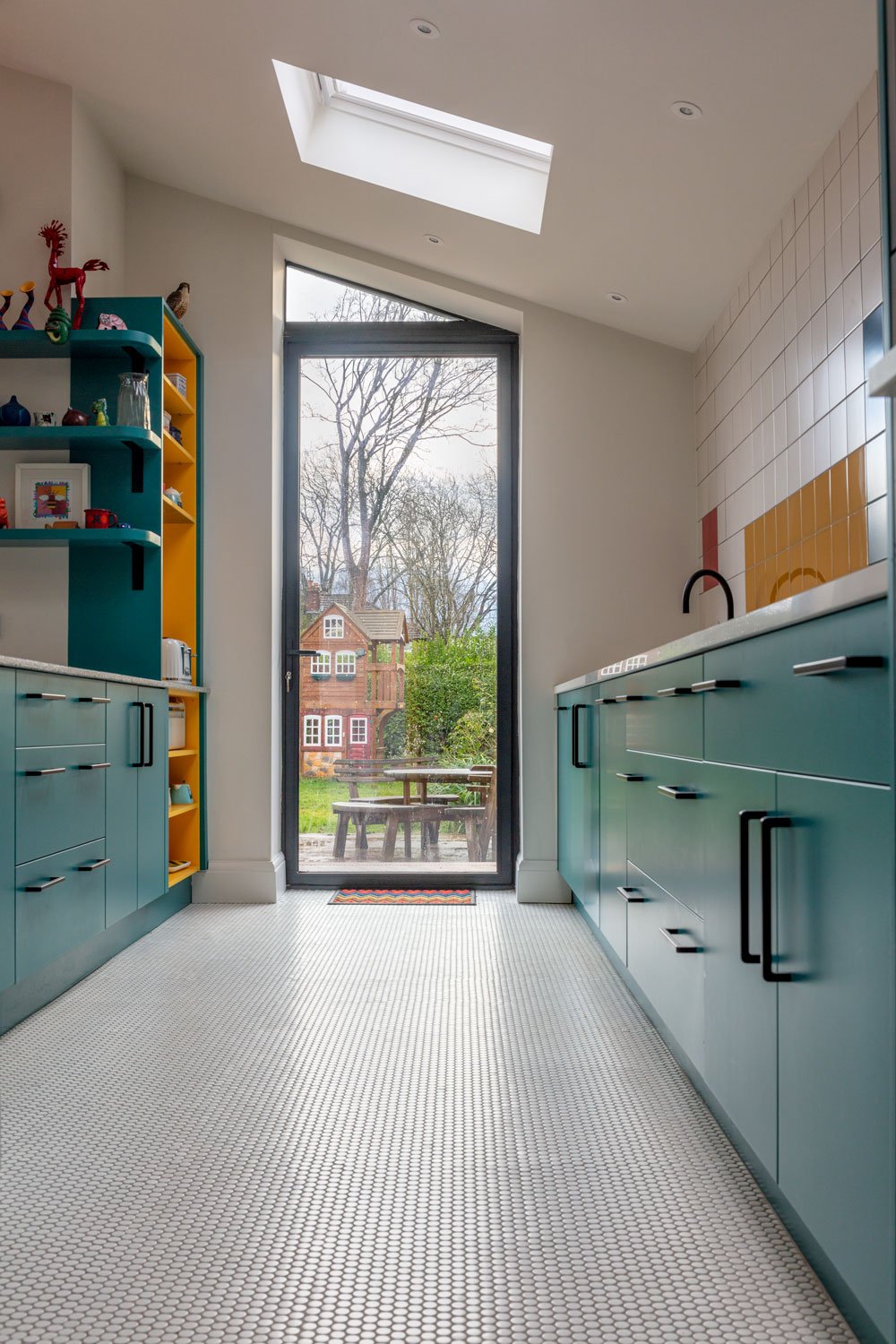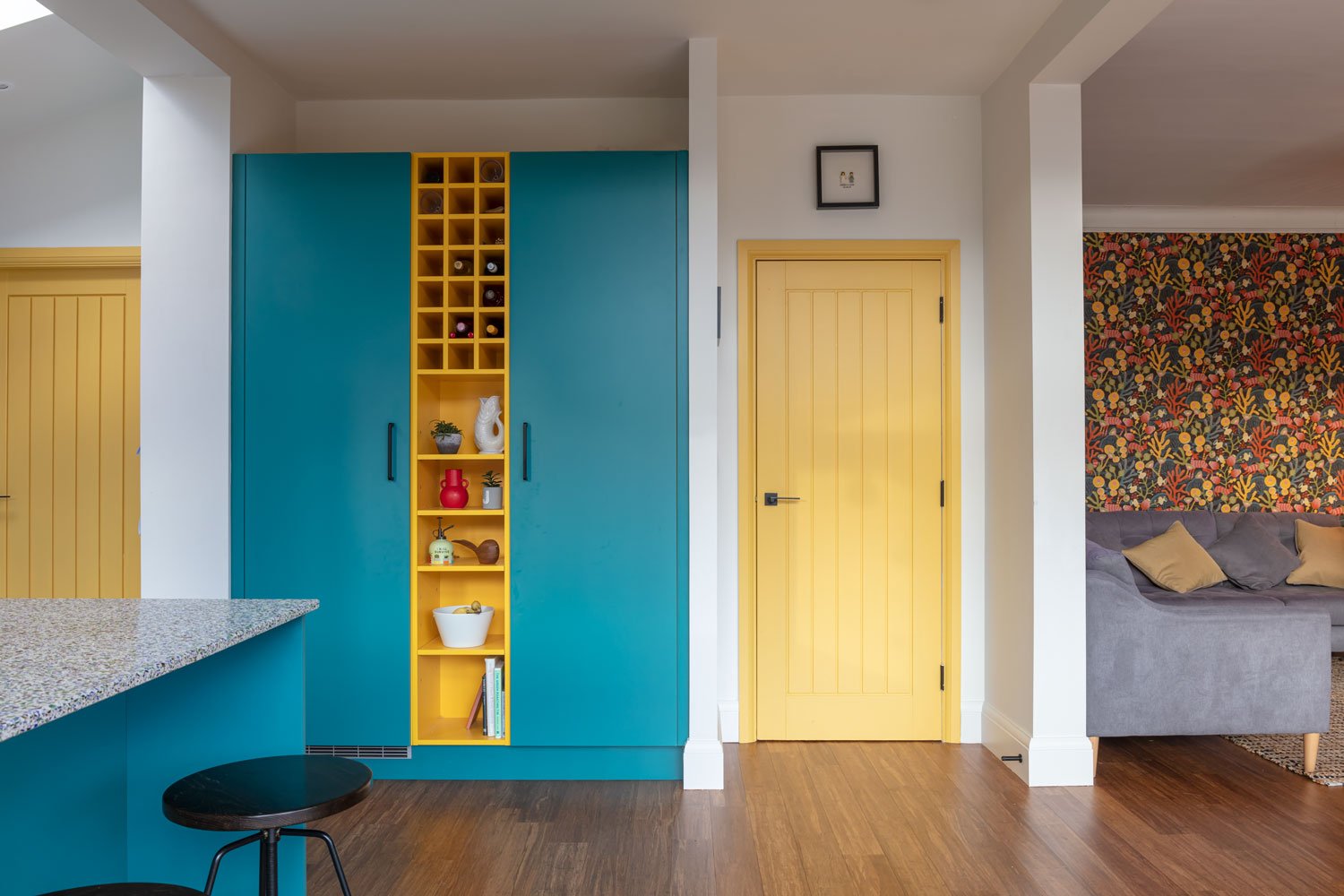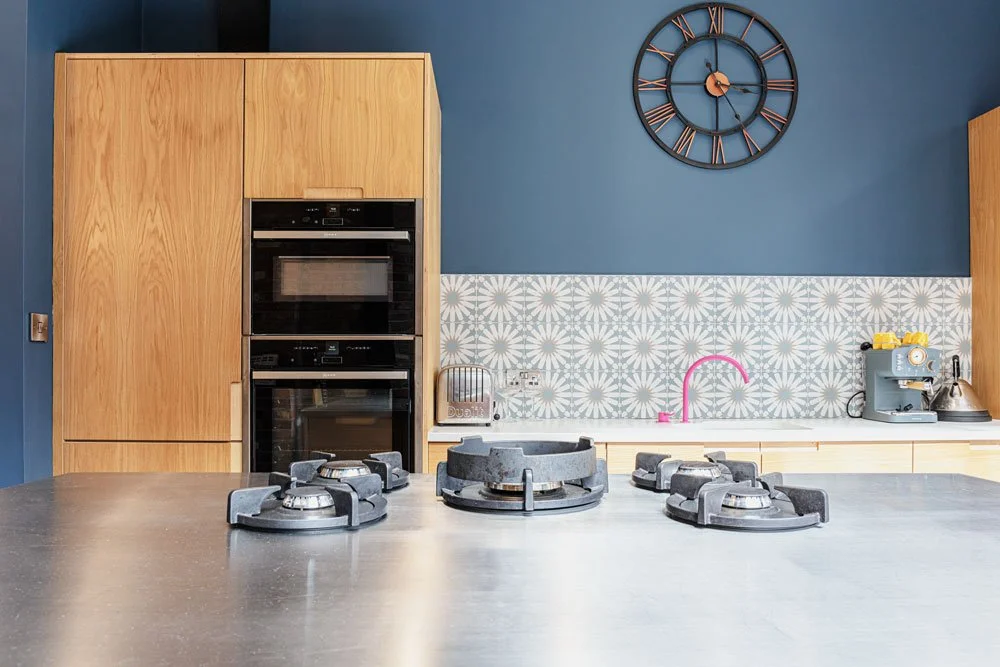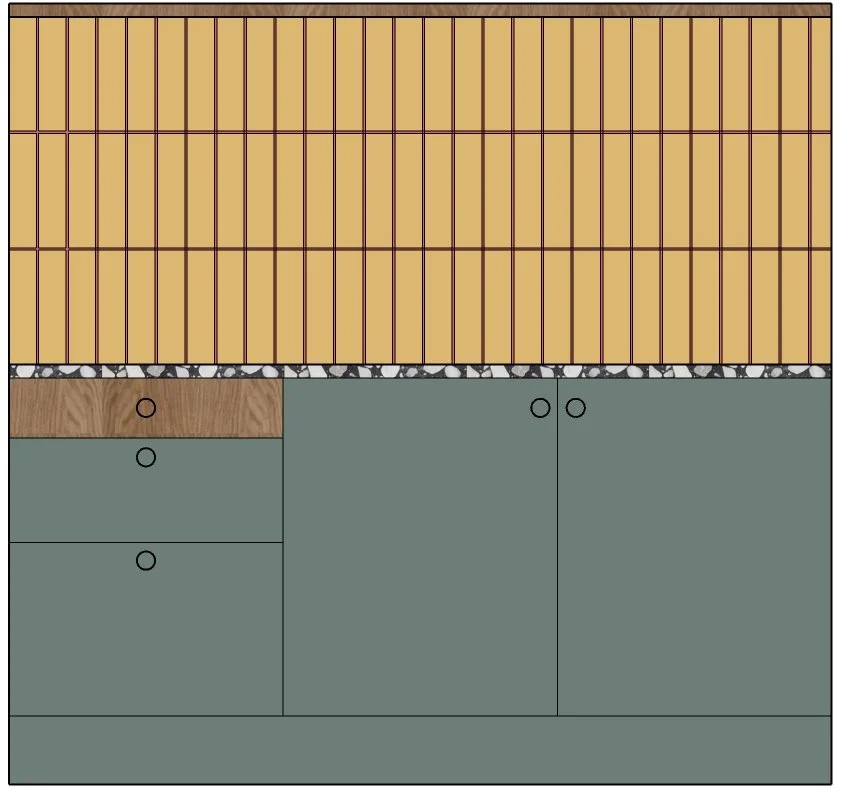5 Interior Design Tips to Make your Sustainable Kitchen Unique
When it comes to planning a new kitchen, the choices can feel endless. From cabinetry style to worktops and flooring, the number of combinations lead many of us to turn to tried and tested formulas to ensure that we don’t make a costly mistake on one of the most expensive rooms in our homes.
Social media sites like Pinterest and Instagram can prove a great source of inspiration but how do you avoid ending up with a kitchen that looks exactly like everyone else’s but will also stand the test of time?
At Lived In 365 we design each kitchen to suit our clients exactly and relish creating a room that feels completely unique. Here are some of our tips to make your space stand out from the crowd.
1. Flooring
With most people choosing to go for open plan living, flooring can be one of the biggest decisions you make in planning your new space.
In debating between the more traditional choices of wood, tile, laminate and LVT however, we can overlook some more interesting options.
Cork, for example looks great in a modern space, is warmer underfoot than tile and companies such as Colour Flooring supply waterproof options that would work well in a kitchen and are compatible with underfloor heating. Not to mention its green credentials.
Other sustainable alternatives include Marmoleum and Bamboo and if you’re looking for something with a real impact check out Havwoods’ new Foresso timber terrazzo range.
2. Colour
We’ve come a long way in the last ten years from the ubiquitous white and cream kitchens of the start of the century, with blue and green being the most requested colours from clients today.
Two tone kitchens have also become much more common, with wall units often in a lighter colour to blend into walls or a colour pop island to act as a feature in the room.
But the sky is the limit when it comes to colour in your kitchen. Why not consider adding colour in less obvious areas such as plinths and end panels. And don’t forget the internals. Who could fail to feel happy in the morning when you open your drawer to a pop of bright yellow?
3. Worktops
When it comes to worktop options today, quartz is typically the top pick amongst our clients, and being extremely durable and hard wearing whilst coming in a large range of finishes it’s easy to see why.
Current trends also see people looking beyond the more popular Carrara marble style options to something with a much deeper vein giving a more dramatic look.
In our designs we also love to mix a combination of worktops to add a different feel in each area. Quartz can be great around a cooking area whilst wood feels more homely on a breakfast bar. Or if you’re going for a more industrial look why not build your gas hob into a stainless steel worktop for a really striking look.
4. Splashbacks
As well as being extremely practical a splashback in a kitchen can also be a way to inject a real burst of personality into your kitchen.
Whilst subway or metro tiles in a brick bond format offer a really classic look, there are a myriad of ways in which you can lay the same cost effective tiles but achieve something more unique.
Think laying patterns such as basket weave, combining a mix of colours to create something Mondrian-esque or using brightly coloured grout to create something completely distinctive without blowing the budget.
Image: Lived in 365
5. Lighting
Lighting is a much-neglected element in kitchen design, often left until last as an afterthought. In fact, a good lighting scheme can really make or break a room scheme.
A common mistake is to add a huge grid of spotlights which can make the room feel a little like you’re trying to land an aeroplane. Instead, use a combination of different lighting sources to allow for different moods within the room.
In our designs we love to use a combination of lighting including pendants over an island or dining table, wall lights over the main counter run and surface mounted lights for tasks. A simple pendant in an unexpected place, such as at the end of a worktop, can also add interest.
A new kitchen is a big investment and one where it can be tempting to play it safe but by being a little more creative you can create something that feels precisely tailored to you.





